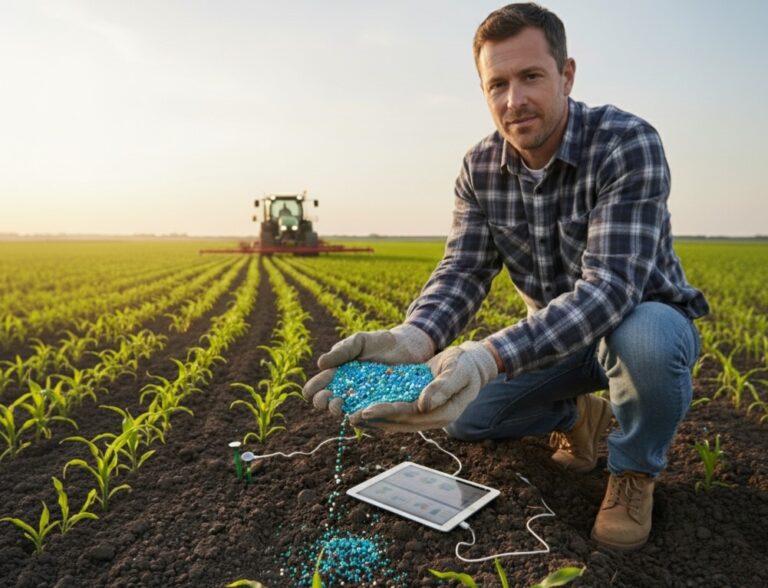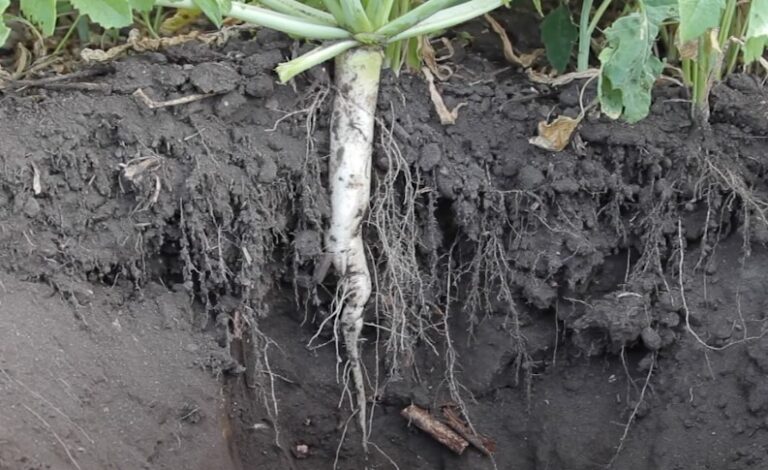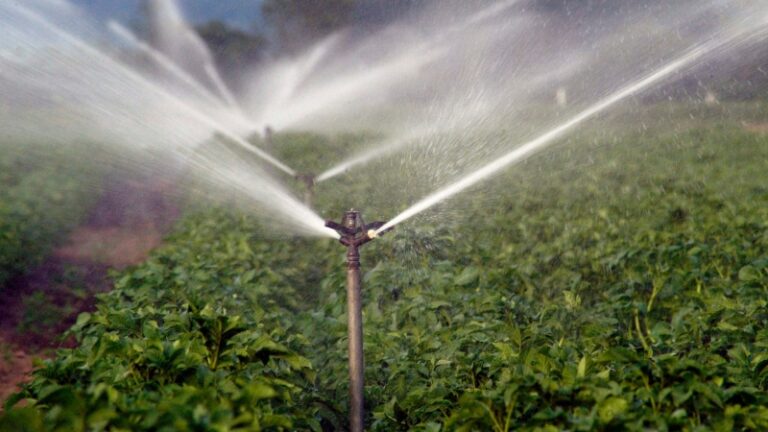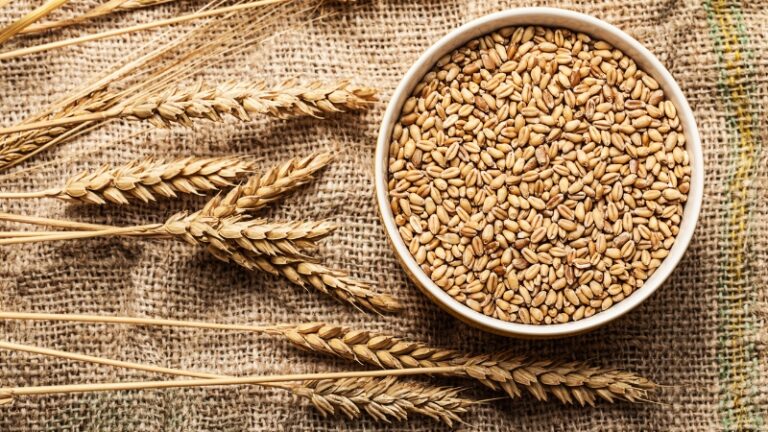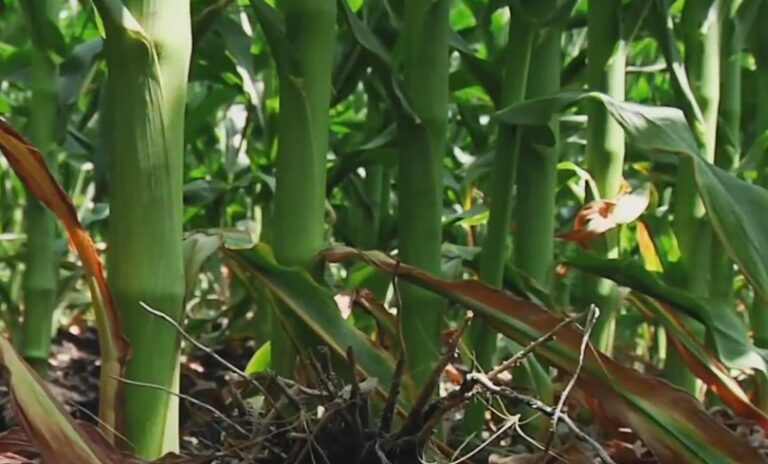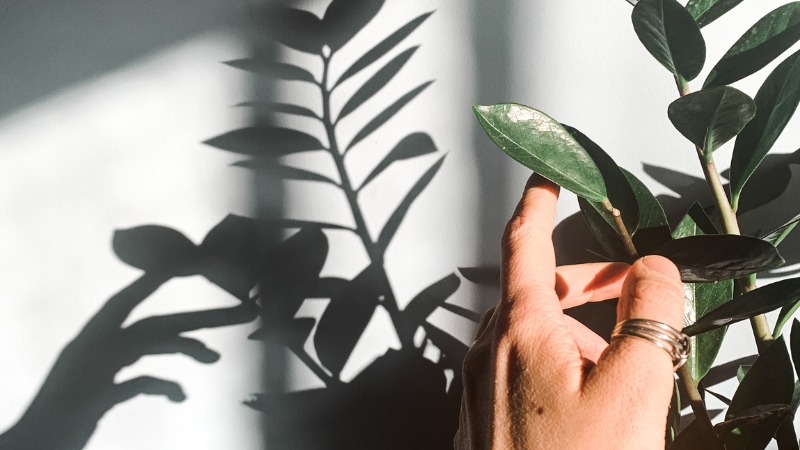Indoor gardening success depends on two critical decisions: selecting crops that thrive in controlled environments and choosing grow lights precisely matched to tent size and plant needs.
Leafy greens like lettuce and spinach need just 30–50 W/m² at the seedling stage, while fruiting crops like tomatoes and peppers require 120–180 W/m² for optimal flowering. Tent size matters—a 4′ x 4′ tent (1.44 m²) with basil in flowering stage needs 144–202 watts, adjusted for reflectivity and fixture efficiency.
Spectrum matters too. Red light (600–700 nm) promotes flowering, ideal for tomatoes and peppers; blue light (400–500 nm) supports leafy greens; and far-red (700–780 nm) enhances lower canopy growth but must be controlled. High-reflectivity tent materials improve efficiency by up to 20%.
Best Indoor Crops and Their Growing Conditions
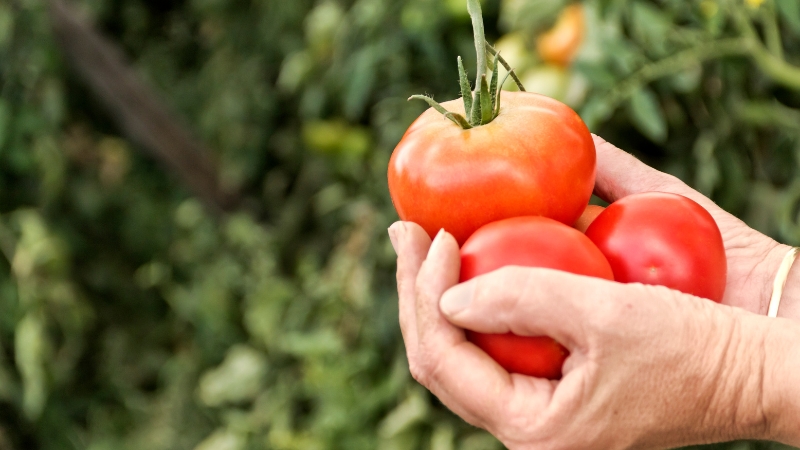
Before setting up an indoor garden, it’s essential to choose crops that not only thrive indoors but also offer consistent, high-quality harvests. Each crop has specific requirements in terms of light, temperature, and nutrients.
Crops like lettuce, spinach, and microgreens mature quickly, providing fast harvests, while fruiting plants like tomatoes and peppers need more time but yield rich flavors. Herbs such as basil and parsley bring versatility and continuous yields, and even crops like mushrooms and carrots adapt well to controlled environments.
Crop
Ideal Temp (°F)
Light Needs
Growth Time
Key Nutrients/Yield
Lettuce
60–70
12–14 hr/day
30–45 days
10–14 oz/sq. ft.
Spinach
55–65
10–12 hr/day
40–50 days
High iron, 99mg calcium
Microgreens
65–75
Bright light
7–14 days
Dense in vitamin C
Herbs (Basil, Parsley)
65–75
12–16 hr/day
30–60 days
450g/plant (Basil)
Peppers
70–85
14–16 hr/day
60–90 days
20–30 fruits/plant
Tomatoes
65–75
14–18 hr/day
60–80 days
Up to 2 lbs/plant
Green Onions
65–75
10–12 hr/day
21–30 days
4–6 stalks/bunch
Strawberries
60–75
12–16 hr/day
90–120 days
70–120 berries/plant
Mushrooms
55–75
Low light
30–45 days
2–3 lbs/log
Mini Carrots
55–70
10–12 hr/day
60–75 days
1–2 lbs/container
Matching Grow Light to Grow Tent Size
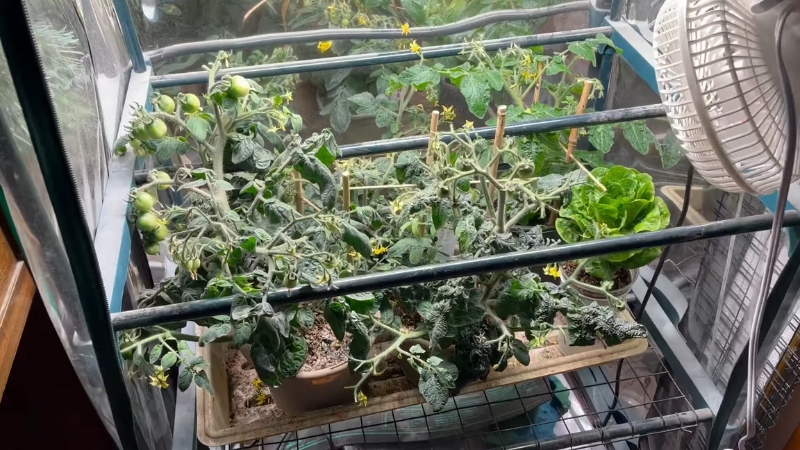
Choosing a grow light system that matches your grow tent size is critical for optimizing plant growth. A grow tent provides a controlled environment that reflects light efficiently and supports ventilation.
However, the size of your tent directly impacts the amount of light required for your plants to thrive. Too little light, and you’ll have pale, stretched plants; too much light can burn leaves and waste energy.
This is where figuring out the right grow light sizes for tents becomes essential. Tent size isn’t just about how much space you have—it also determines how much light you need to keep your plants healthy and productive.
For example, if you’re working with a small 2′ x 2′ tent (60 x 60 cm), a simple LED light putting out around 60–100 watts should be enough to give your crops the light they need.
But if you’ve got a bigger setup like a 5′ x 10′ tent (150 x 300 cm) packed with fruiting plants like tomatoes or peppers, you’ll need a more powerful system—think 600–900 watts, possibly with multiple fixtures to make sure light is spread evenly across the canopy.
Choosing the right grow light size for your tent means your plants won’t have to stretch for light or suffer from uneven coverage, which can lead to wasted energy and patchy harvests.
Tent Size (ft)
Approx. Metric Size
Recommended Plant Count
2′ x 2′
60 x 60 cm
1–2 plants
4′ x 4′
120 x 120 cm
4–6 plants
5′ x 10′
150 x 300 cm
12–16 plants
8′ x 8′
240 x 240 cm
16–24 plants
Decoding Light Intensity for Different Plant Types
Plants have diverse light requirements at different stages of growth, which directly influences how much wattage your lighting system should deliver.
Leafy greens like lettuce and spinach require moderate light, while fruiting plants such as tomatoes and peppers need higher intensities, especially during flowering.
The light must also match the growth stage, from seedlings to mature fruiting.
Plant Type
Stage
Light Intensity (W/m²)
Lettuce, Spinach
Seedling
30–50
Lettuce, Spinach
Vegetative
50–90
Peppers, Tomatoes
Fruiting
120–180
Herbs (Basil)
Flowering
100–140
Advanced Lighting Precision with PPFD
For growers looking to achieve professional-quality harvests, understanding Photosynthetic Photon Flux Density (PPFD) is essential. PPFD measures the quantity of usable light (in micromoles per square meter per second) that plants receive, directly affecting photosynthesis and growth rates.
Different plant species and stages require specific PPFD levels, and factors like reflectivity and lighting efficiency further influence these calculations. The following table breaks down PPFD requirements for key crops, giving growers a precise tool to match light output with crop needs for every growth phase.
Plant
Stage
PPFD (µmol/m²/s)
Cannabis
Flowering
600–1000
Lettuce
Mature
300–400
Tomatoes
Fruiting
600–900
Basil
Flowering
500–700
Light Spectrum for Crop Success
@thebeardedplantaholic LED Grow Lights in 60 seconds! I’ve done it before but I’ll do it again… In an attempt to make grow lights a bit easier to understand you should look for grow lights that are “full spectrum”! There are a multitude of brands out there and a multitude of prices too. I own different brands myself and they all work brilliantly, however today is for answering a universe of questions I have received about grow lights for people starting out. Most of my lights downstairs on the jungle floor are @sansi_light 36 watt full spectrum grow bulbs with an E27 screw in base. I find the 36watt ones to give a decent amount of light when considering the cost of the bulb, individual running costs, bulb lifespan and effectiveness of the bulb itself. I buy mine off Amazon and the price fluctuates between £28-£37 so try and get it when it’s down! You can also find E27 desk clips that I use however they are not strong enough to support the bulbs in an upright position hence why my lights point down. I am not sponsored, paid or gifted by @sansi_light however they make some wonderful and affordable grow lights! Taking lights a bit further I also use a couple of more powerful models for my indoor greenhouse and jungle canopy, @_official_marshydro and @spiderfarmerofficial also deliver excellent results in my experience. I am sure there are a lot of other very effective brands out there that work just as well however this is just my personal experience (I have not tried ALL the lighting options there are either.) Hope this helps! One love tiny phone people! ❤️🙏🫶🏽🪴🙌🏽 #growlights #ledgrowlights #indoorjungle #growyourown #plants #houseplantcommunity #planttok #indoorgrow #ledgrowlight #growlight #growroom #ledgrow #led #ledgrowlighting #indoorplants #aroids #indoorplants #houseplants #indoorjungle #houseplants #ledlights #indoorgreenhouse #indoorgardening #growlighting #fullspectrumled #greenhouse #indoorfarming #thebeardedplantaholic #tropicalplants #horticulture ♬ original sound – Thebeardedplantaholic
While wattage and PPFD address light quantity, light spectrum determines how plants absorb and use this energy. Red and blue wavelengths are particularly crucial: red light encourages flowering and fruiting, while blue light supports vegetative growth.
Far-red light helps photosynthesis in lower canopy layers but must be balanced to prevent overstretching. Reflective materials inside the tent also affect how well light is distributed.
Color Spectrum
Effect
Application
Red (600–700nm)
Promotes flowering and stem elongation
Essential for tomatoes, peppers
Blue (400–500nm)
Encourages vegetative growth
Lettuce, spinach
Far-Red (700–780nm)
Enhances lower canopy photosynthesis
Useful in tall tents
Common Lighting Pitfalls and Pro Tips
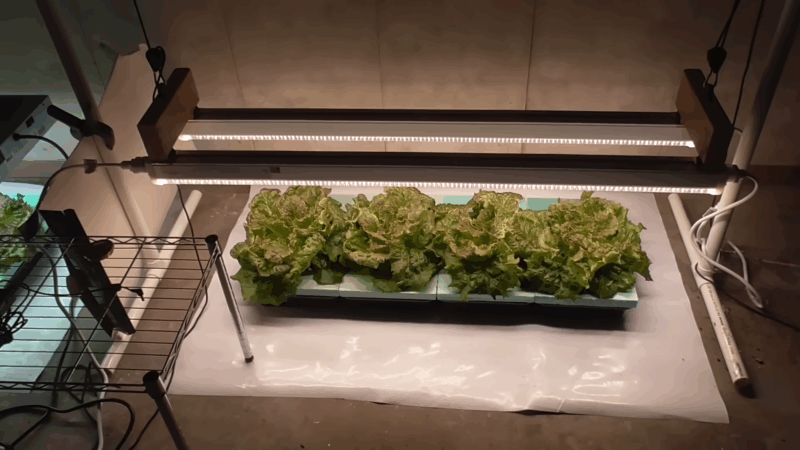
Many indoor gardeners make costly mistakes by focusing solely on wattage or brand reputation without considering plant-specific light requirements, uniformity, and tent efficiency. Hanging lights too close can burn delicate leaves, while placing them too far can lead to stretching and low yields.
Additionally, ignoring light loss during operation or choosing poor reflectivity materials can waste energy and compromise plant health. For growers aiming for precision and reliability, incorporating tools like light meters, spectroradiometers, and reflective Mylar can make a substantial difference.
Conclusion
By selecting the right crops and combining them with a tailored, science-based lighting setup, you’ll elevate your indoor gardening from a hobby to a high-yielding venture.
Barley, for example, is often praised for its minimal water needs and adaptability, making it one of the most sustainable crops you can include in an efficient indoor setup.
Whether you’re growing leafy greens for fresh salads, herbs for culinary creations, or fruiting crops like tomatoes and peppers, understanding how light interacts with your grow tent size, plant type, and spectral needs is the key to success.
With the data, formulas, and insights provided in this guide, you’re ready to design a system that maximizes your harvest quality, efficiency, and satisfaction.
Related Posts:
- How to Grow Tomatoes Indoors for a Fresh Harvest Year-Round
- Why Barley Is Considered One of the Most Sustainable Crops
- 13 Ground Cover Plants to Grow in Southern California
- Top 7 Drought-Tolerant Vegetables to Grow This Summer 2025
- 6 Best Vitamins for Improving Blood Circulation in Legs
- 3 Best Tractors for 50-Acre Farms in 2025 (With Prices)


